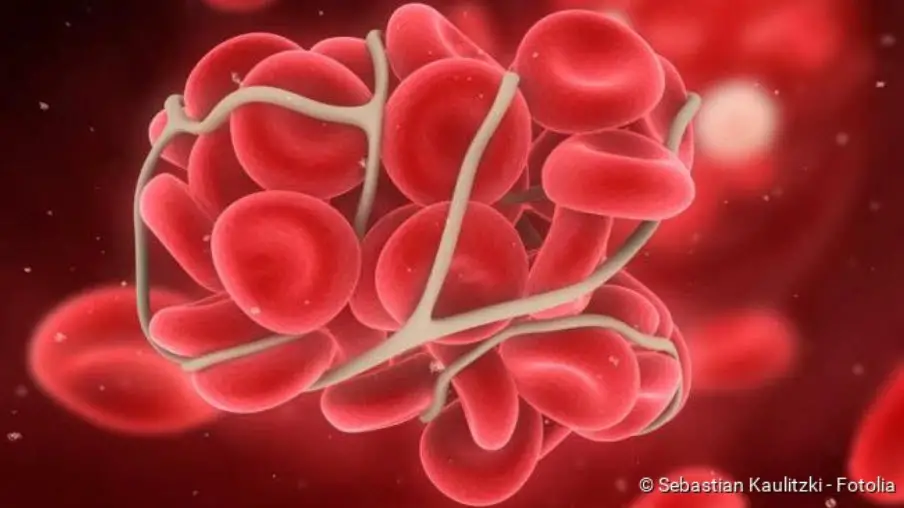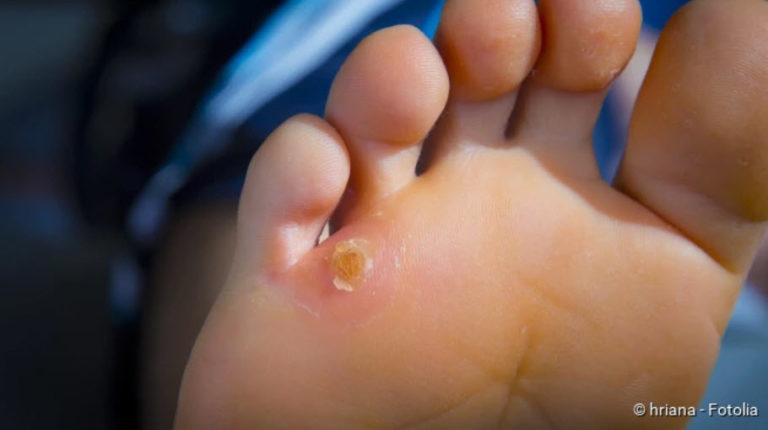Anal thrombosis: Causes, prevention, treatment
Anal thrombosis: Causes, prevention, treatment
Anal thrombosis (anal venous thrombosis) is a painful swelling in the anal region caused by a venous blood clot. The differentiation from haemorrhoids is often not easy. Unlike haemorrhoids, anal thromboses are very painful and do not “fall” (prolapse) out of the anal canal. Here you can read everything important about the causes, symptoms and treatment of anal thrombosis.

What is an anal thrombosis?
Anal thrombosis (anal venous thrombosis) used to be called “external hemorrhoids”. However, analthromboses and haemorrhoids are two different clinical pictures with different complaints and development mechanisms:
Haemorrhoids as well as thromboses of the anus are both caused by blood clots in a blood vessel. In hemorrhoids, however, fine arterial meshes in the anal canal are affected, which play a role in the closing mechanism of the anus. Anal thrombosis, on the other hand, affects the venous plexus around the anus. This means that in an anal thrombosis the palpable nodes are not located in the anal canal (as in haemorrhoids), but directly at the exit and are therefore visible at all times. Haemorrhoids are only visible from the outside in advanced stages – they emerge from the anal canal in the case of increased abdominal pressure (e.g. when pressing during defecation) (grades 2, 3) or are permanently bulging outwards (grade 4).
Unlike haemorrhoids, anal thrombosis are also very painful, making sitting almost impossible. With haemorrhoids, on the other hand, an unpleasant itching and pressing is predominant.
How does the anal thrombosis develop?
The nodules at the edge of the anus are blood clots in the small veins that are found around the anus. Especially high abdominal pressure contributes to their development. This is caused by chronic constipation, overweight or many years of excessive pressing exercises, such as those done during strength training.
Even during pregnancy the abdominal pressure is increased and the unborn child rests on the venous plexus at the anus. During the birth process there is also strong pushing. Analthromboses are therefore (just like haemorrhoids) a common problem during pregnancy and after delivery.
In addition, as with any type of thrombosis, general risk factors such as little movement (e.g. sitting for long periods of time and frequently), vascular diseases and blood coagulation disorders also apply to anal thrombosis. Taking the contraceptive pill is also associated with a general risk of thrombosis. Other hormonal influences, such as the monthly hormonal fluctuations in women, can also promote an anal thrombosis.
What is the treatment for anal thrombosis?
An anal thrombosis can be treated in different ways, depending on its size and the pain it causes. A fresh thrombosis can be punctured by the doctor under anaesthetic to remove the blood clot. The wound then usually heals without consequences. In the case of minor thrombosis of the anus, treatment with ointments and painkillers is often sufficient.
How can you avoid an anal thrombosis?
Since long periods of sitting and high abdominal pressure (pressing exercises during weight training, pressing during bowel movements) are risk factors for the development of an anal thrombosis, both should be limited as far as possible.
Frequent constipation also promotes anal venous thrombosis: It can often be counteracted by more physical exercise and a change in diet. If this does not help, the stool can be softened with the help of swelling agents. Consult your doctor about how you can get your constipation under control.
Mechanical stress on the anus (as in anal intercourse) is another risk factor that plays a role in the development of an anal thrombosis and should therefore be avoided.





